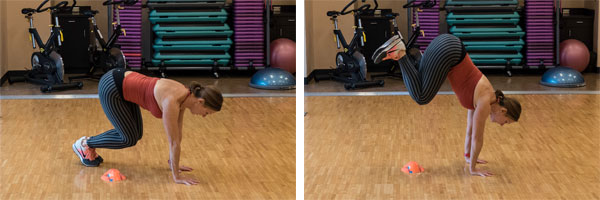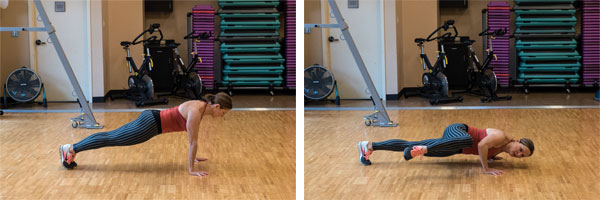It's just about 2015 and you are determined to start the year
with a fresh new start towards becoming a healthier and happier person.
Well you are not alone! I believe that in 2015 we can all experience
more Health, Healing and Hope for ourselves and our families, but where
do we begin because this is more than just a New Year's resolution?
Health is a journey, a plan towards wellness that is intentional and a
new way of life. Change is not easy, but it is doable one step at a
time, one day at a time. Real health is about addressing our physical,
mental and spiritual wellbeing, because all three are connected and
affect our physical health every day. So let's begin.
Here are 15 ways to get started TODAY for a Healthier and Happier you in 2015:
Here are 15 ways to get started TODAY for a Healthier and Happier you in 2015:
- Get a physical and get your hormone levels checked. So many cancers today are caused by an imbalance of hormones.
- Begin to eliminate junk food, sweets, soda, boxed foods as much as possible. There is so much research that says that these alone are causing many of our diseases and remember that cancer grows in sugar.
- Try to buy organic food and avoid all Genetically Modified Organisms (GMOs) or genetically modified seed. Much of the soy, corn, cotton and canola sold today are now from GMO seed.
- Start eating healthier: more fruits and vegetables, beans, nuts, seed and berries. Avoid all meats that have hormones, antibiotics, etc. Introduce coconut into your diet which gives the body needed ketones and helps with memory issues.
- Drink organic milk, coconut and almond milk, organic tea only. Teas are like spices, they have so many nutritional benefits for the body, but avoid regular teas with hidden pesticides.
- Drink filtered water with lemon to balance your body's pH level. Apple cider vinegar also balances the pH levels, but don't forget to add the cinnamon and honey!
- Exercise. This isn't necessarily always big workouts, rather daily walks, stretching, weights, bicycling, jump roping, etc.
- Detoxify. Consider a detox regime to rid your body of toxins and take fiber for daily elimination. Detoxing doesn't have to be difficult and it can bring the body back to health. Remember toxins brings disease.
- Take salt baths, get massages and maybe see the chiropractor. Some salts have over 83 minerals and can regulate close to 325 enzymes which helps the body detox and heal. Massages and chiropractic adjustments also allows the body to rid the body of toxins.
- Drink a smoothie everyday. Some of the things I put in mine are: organic fruits, vegetables, coconut milk, an omega 3 source, brewer's yeast (B vitamins), gelatin (collagen), and green powder with all kinds of adaptogens, herbs, plant enzymes, extracts and superfoods.
- Take a good multi vitamin if you are not consuming a green powder every day. Research says that most of us are not getting the required vitamins and minerals that our bodies need.
- Take a strong probiotic daily for the gut, especially if you have been on a lot of antibiotics or have yeast. Most diseases start in the gut and then proceed into the bloodstream to every organ. Probiotics build up the good bacteria.
- Cook with a lot of spices. Research indicates that spices can change blood pressure, blood sugar and heal some diseases.
- Get more sleep and try to reduce your stress. Meditation on God is a great way to bring your stress levels down.
- Lastly, start reading about health. Today's changes will determine tomorrow's health. It is NEVER too late to get started!











































